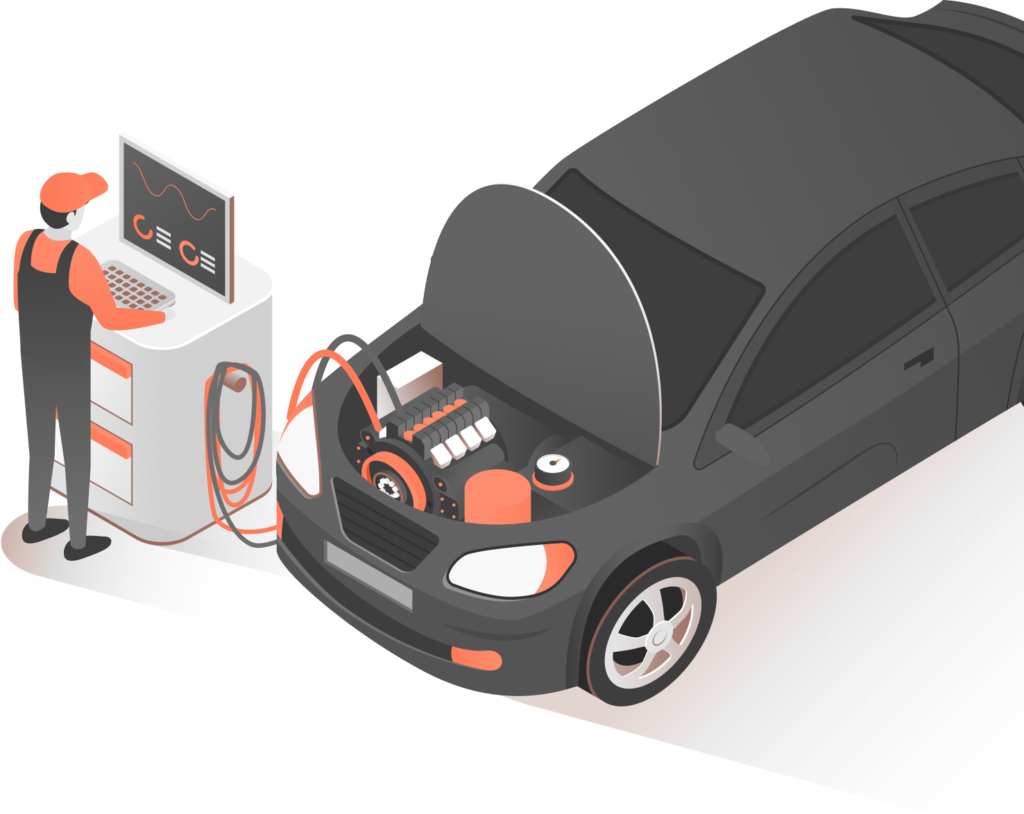A clutch pressure plate is a component of a manual transmission system. In order to switch gears in a manual transmission, it is necessary to momentarily disengage the transmission from the engine. That is the job of the clutch. The clutch has two main components - the clutch disc and the pressure plate.
The clutch pressure plate is a large circular steel plate that applies spring loaded pressure to the clutch disc, holding it against the flywheel during normal driving operation. When you press on the clutch pedal, the spring tension inside the pressure plate is overcome and the clutch disc spins freely. This disengages the transmission from the engine so that you can select a different gear.






This is demo Question
This is demo Answer

